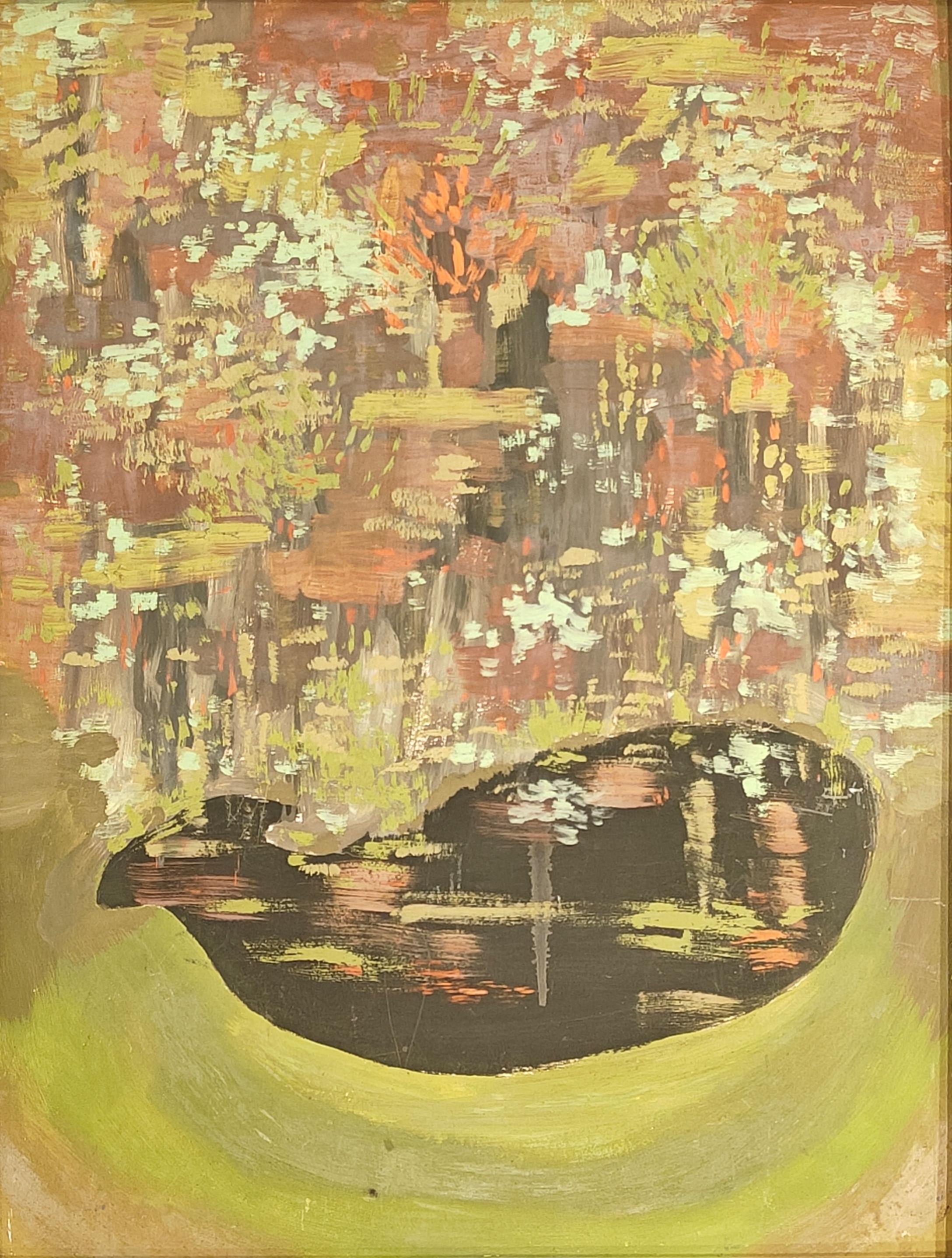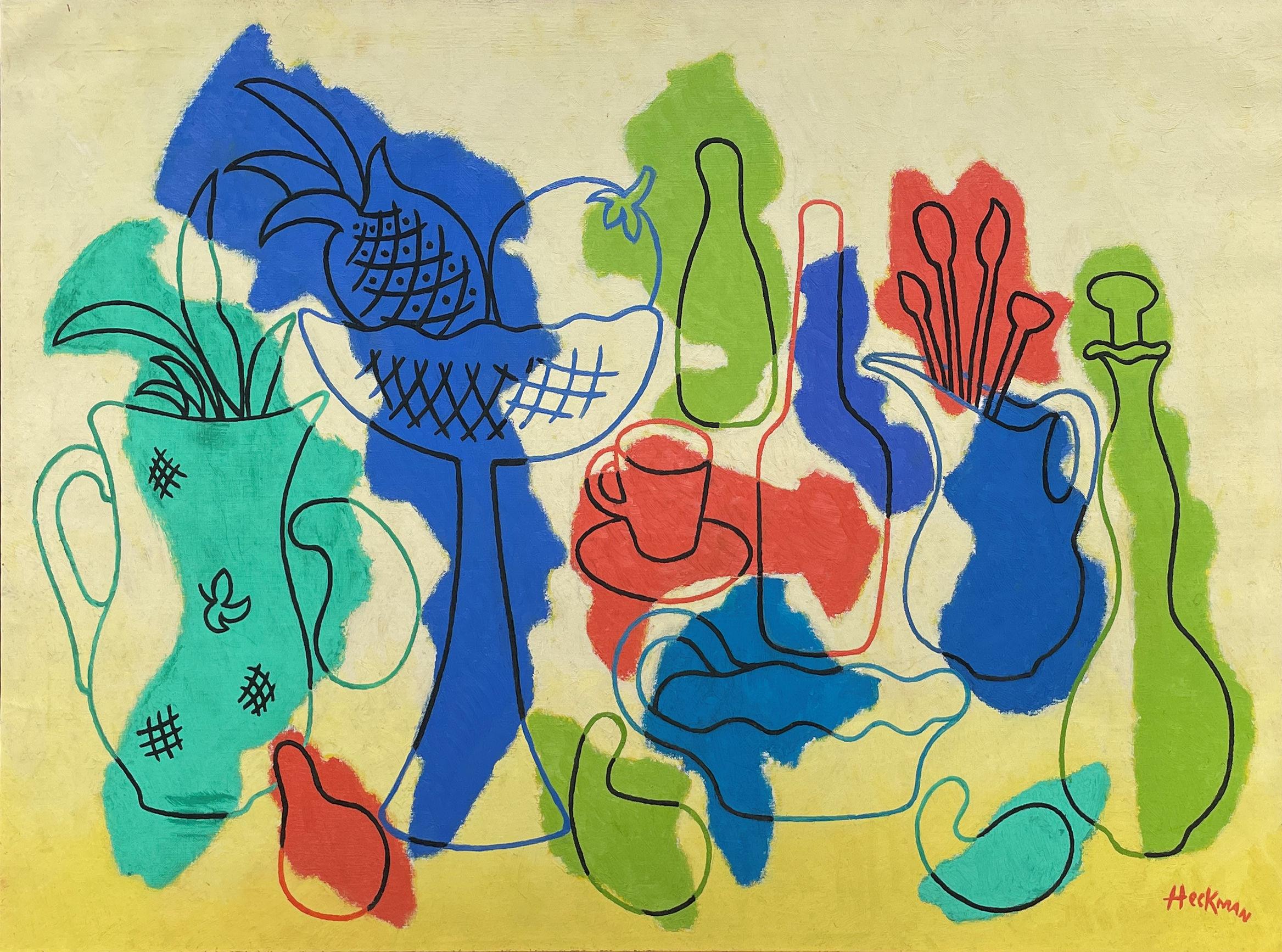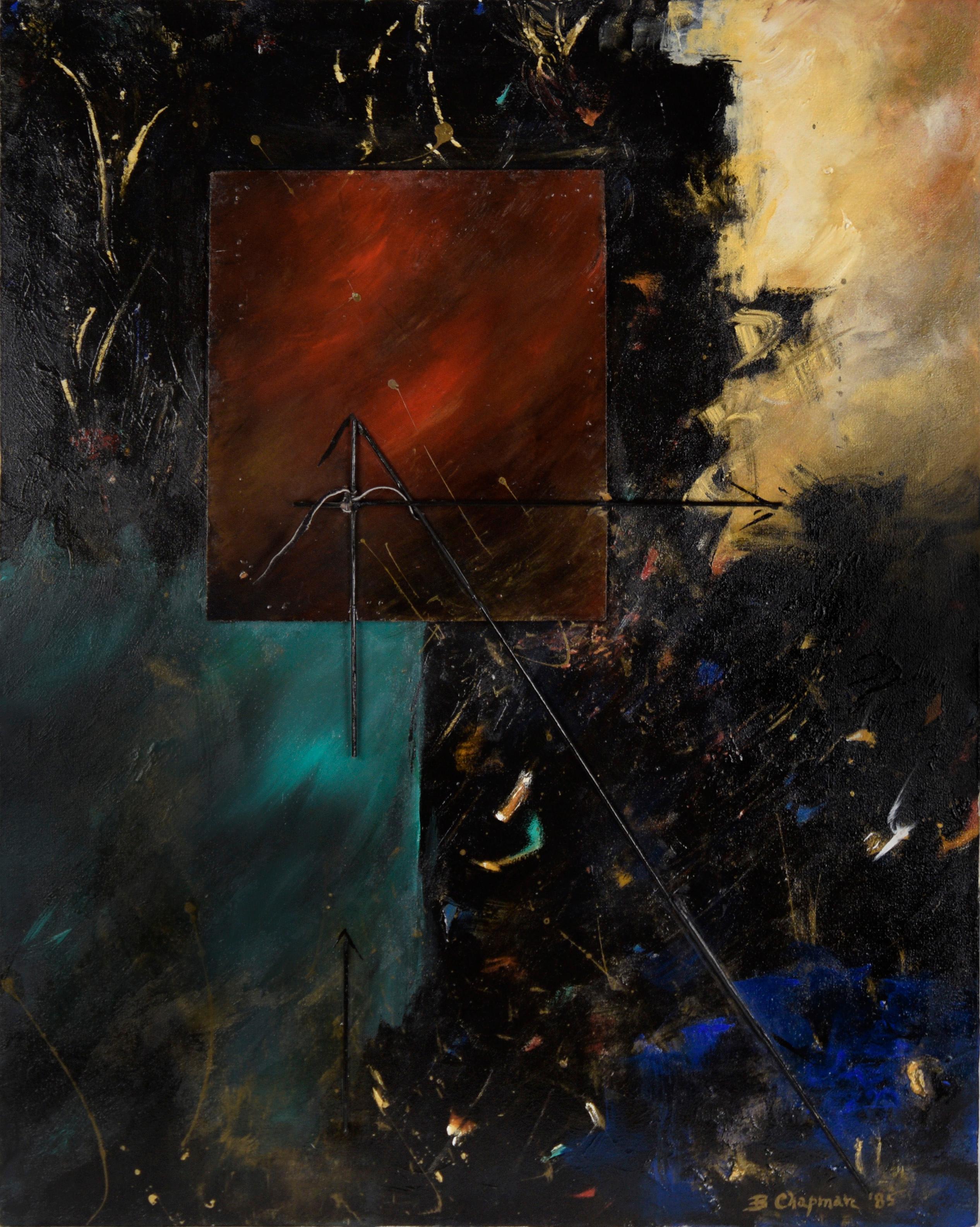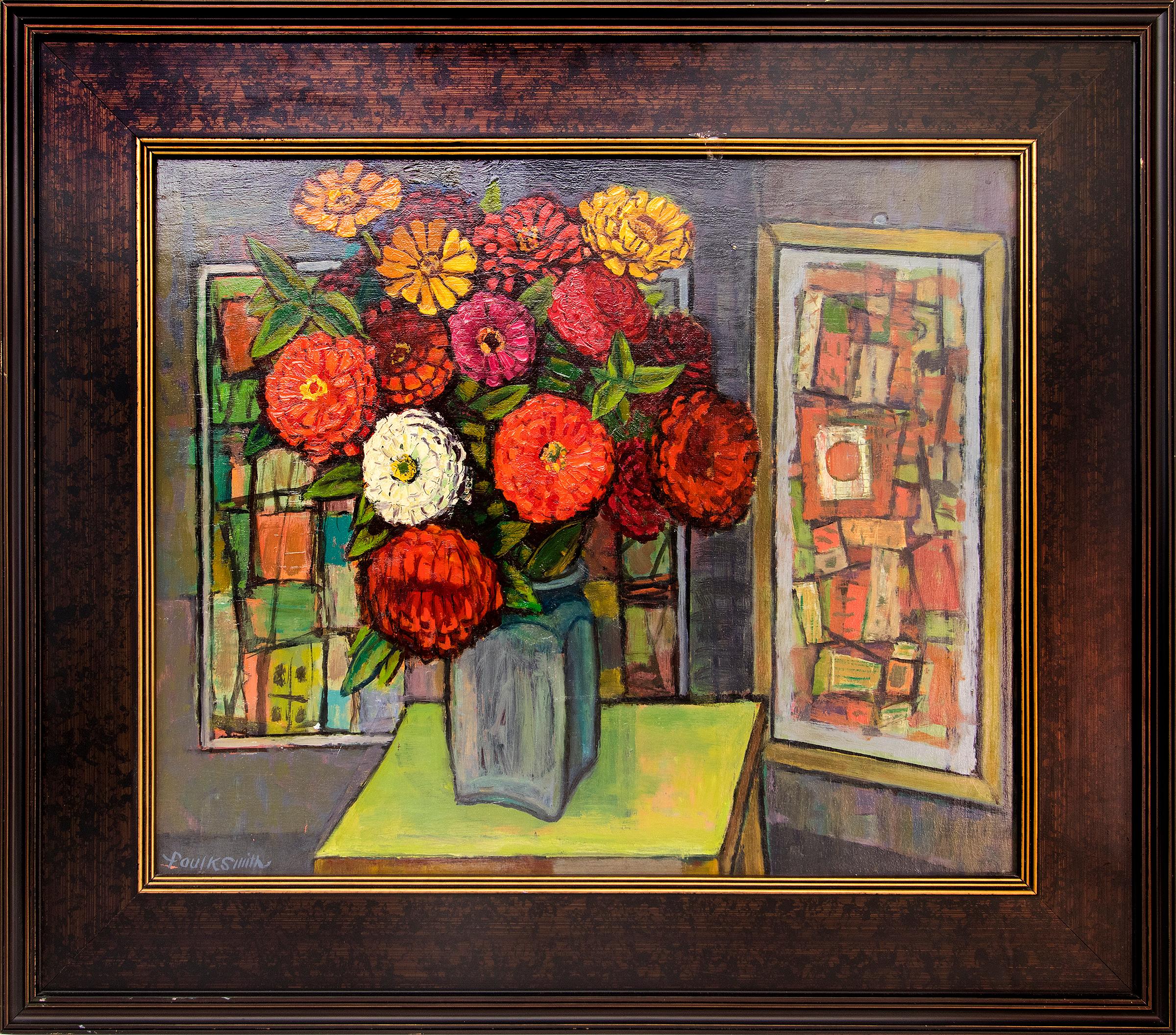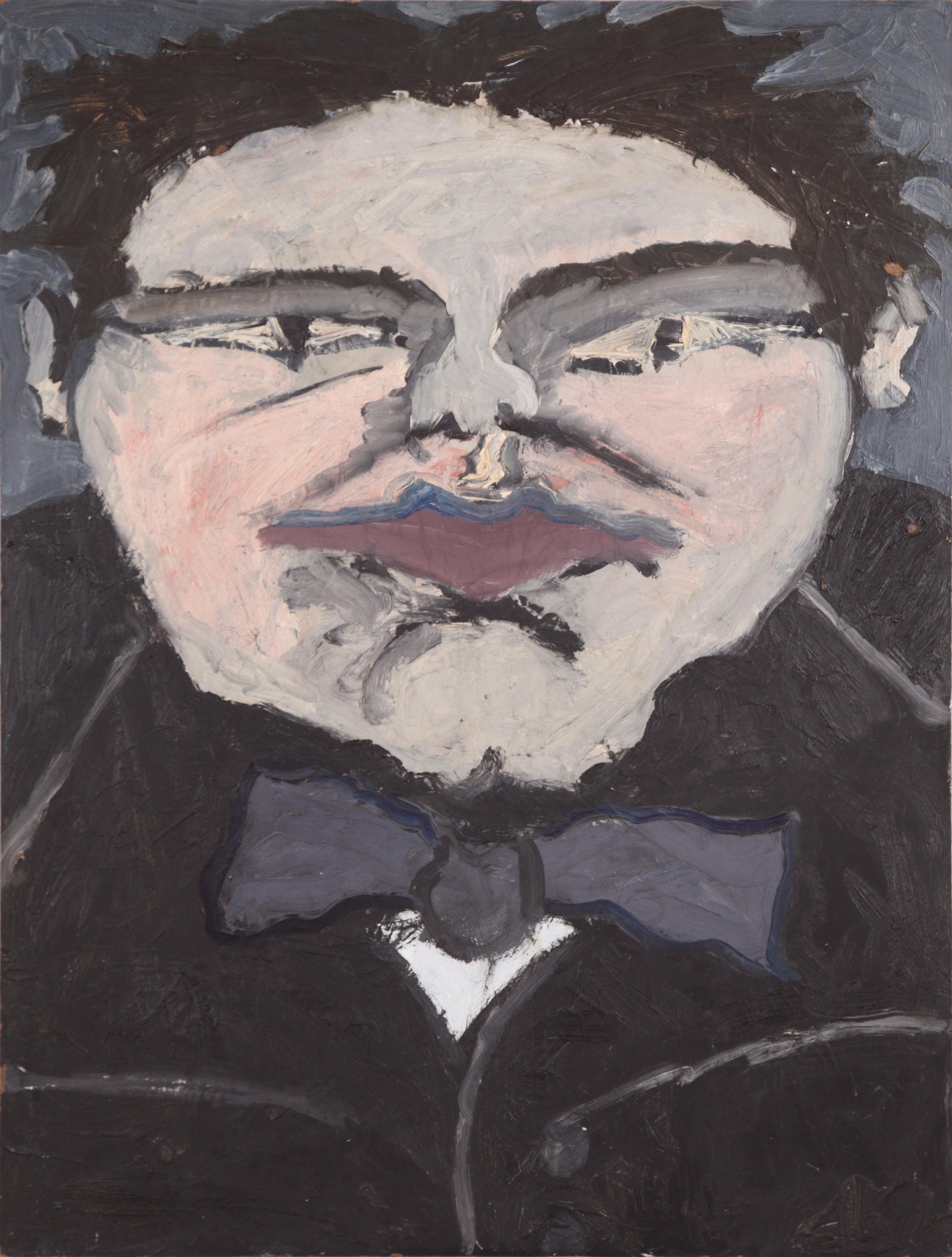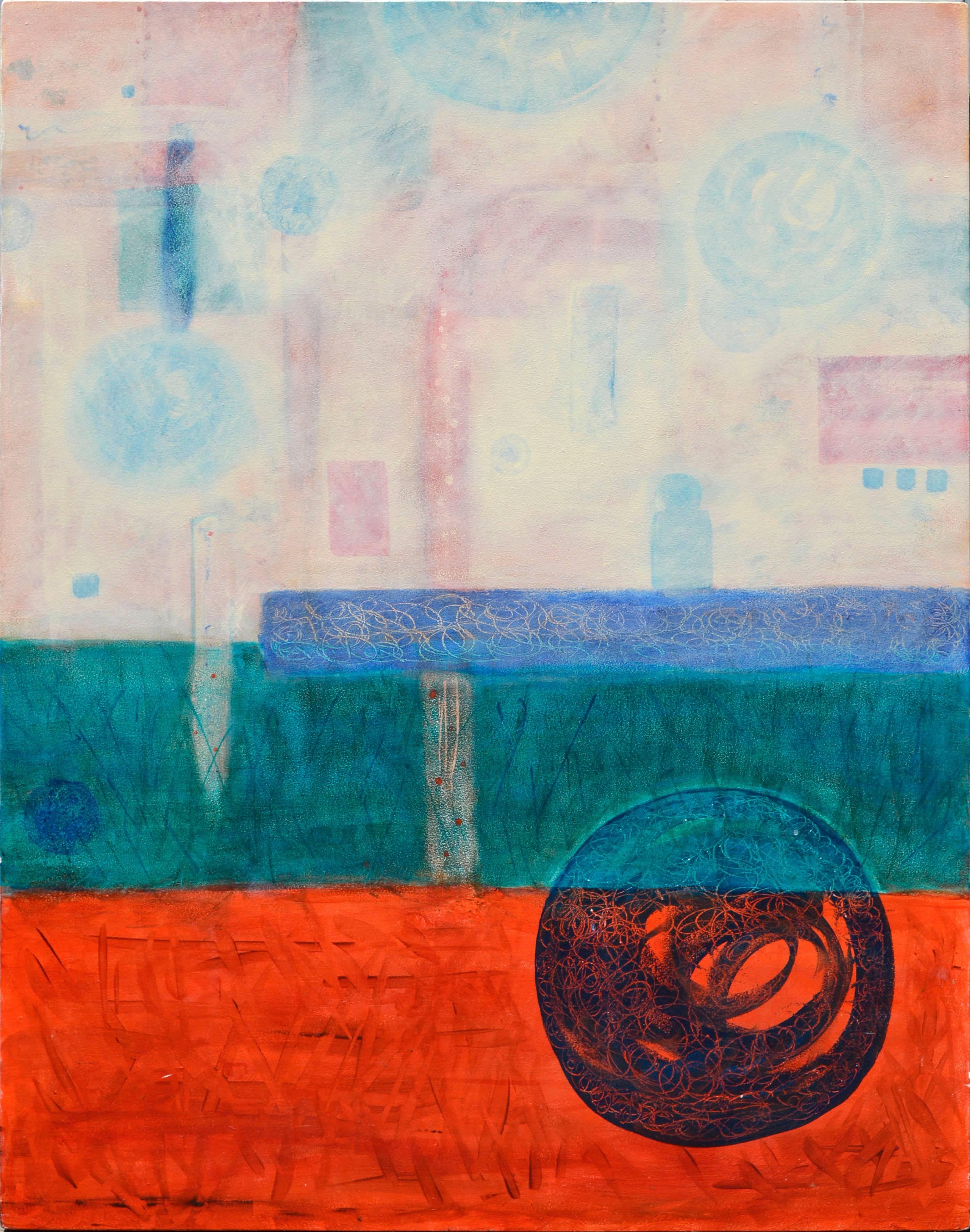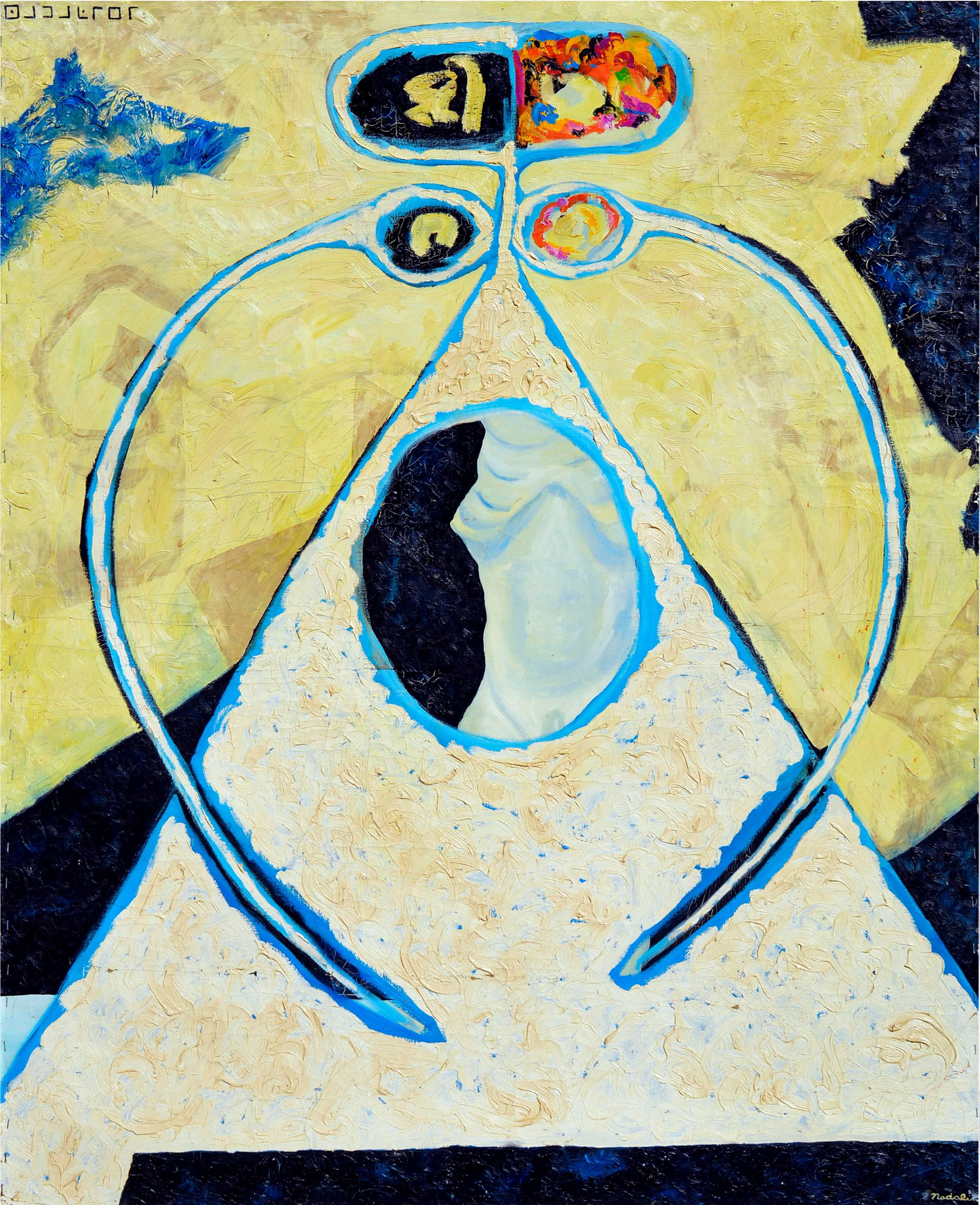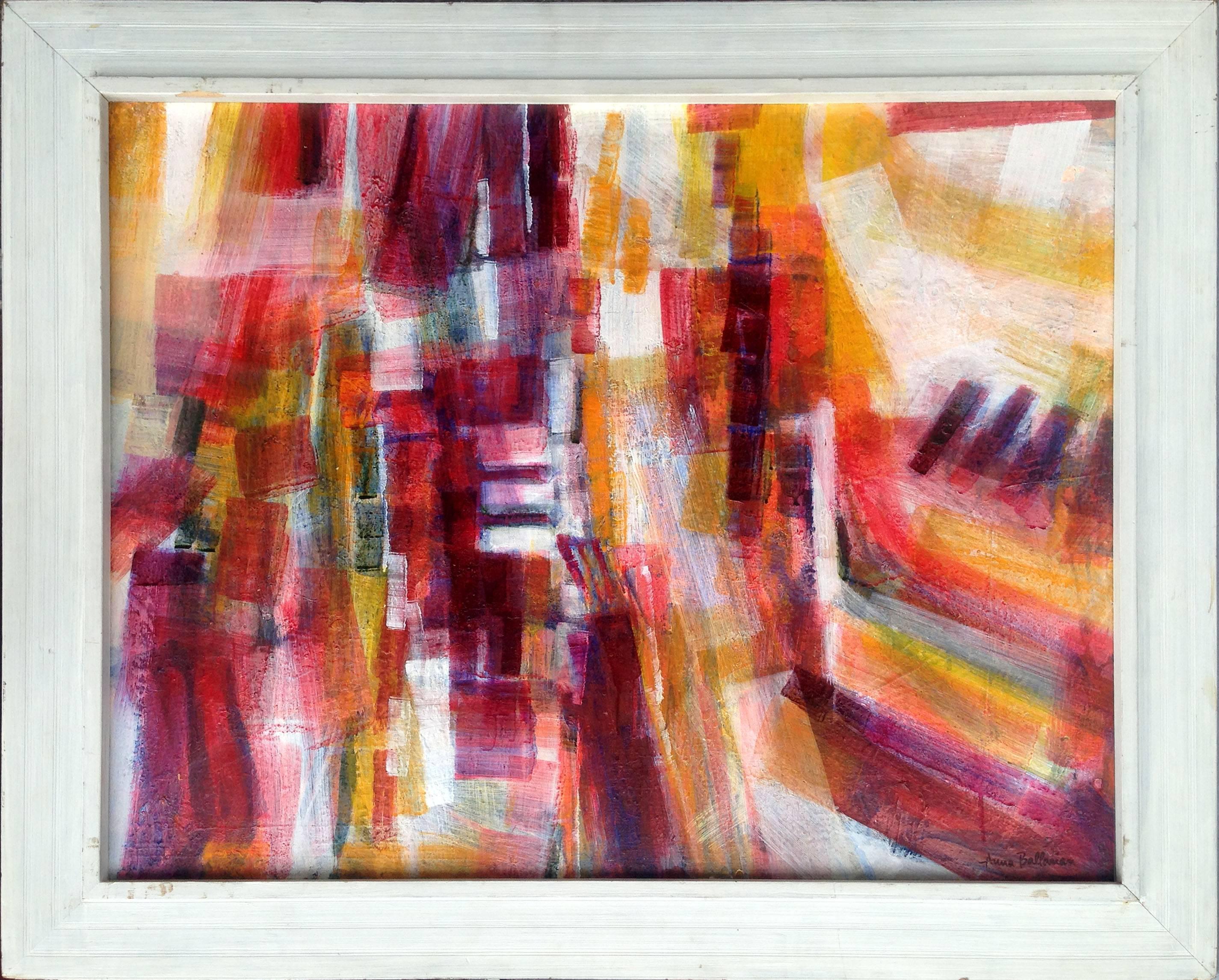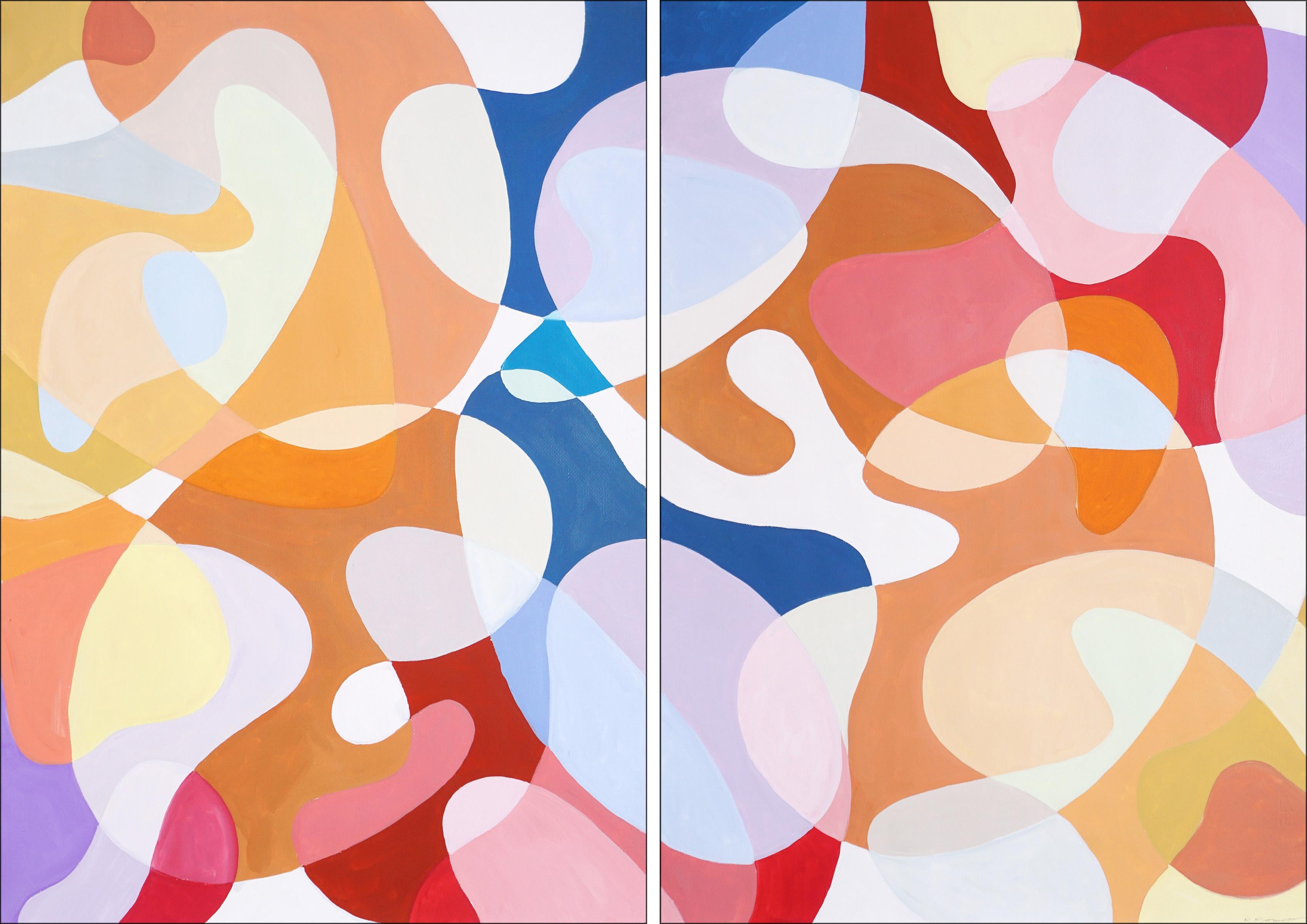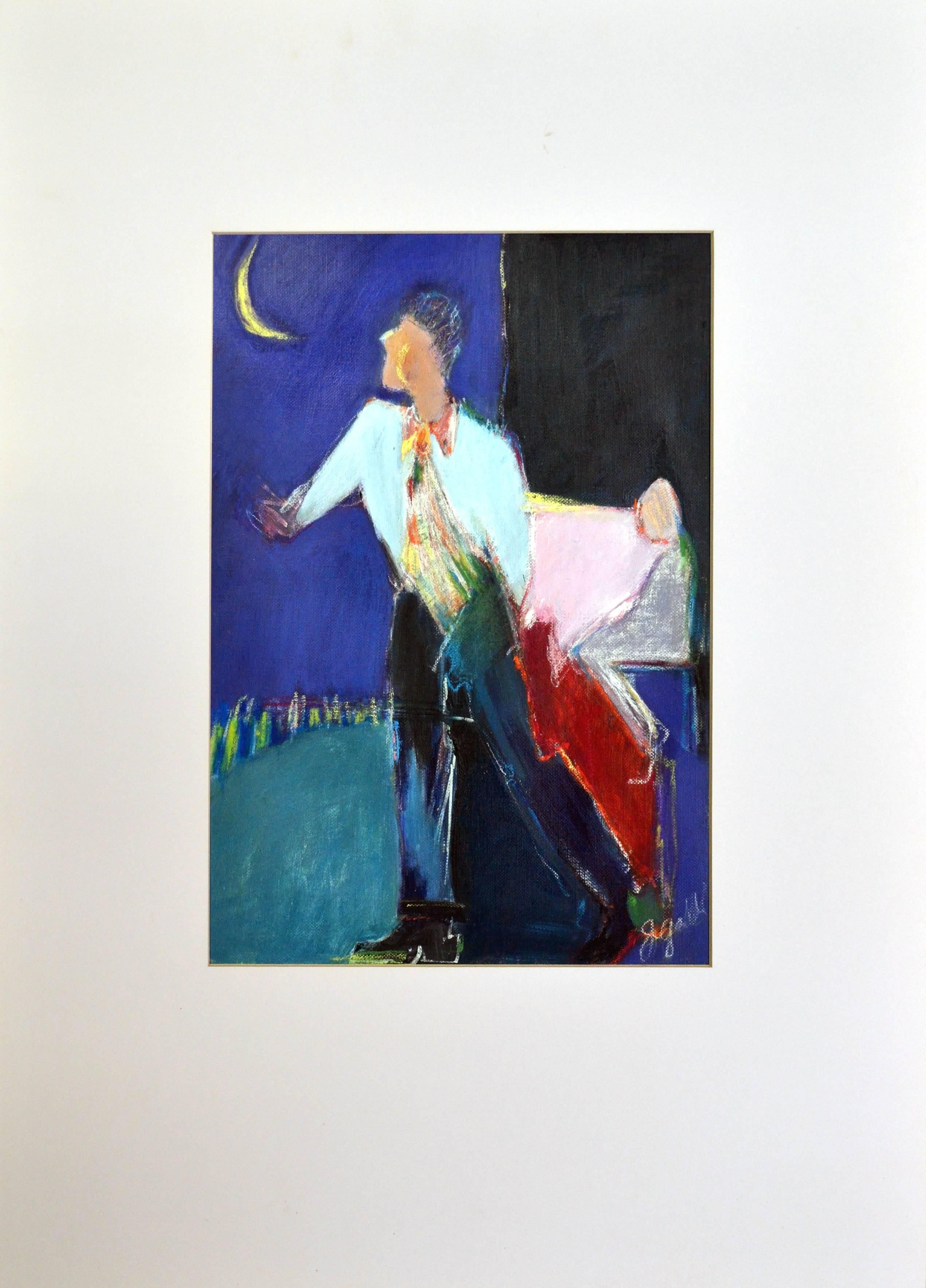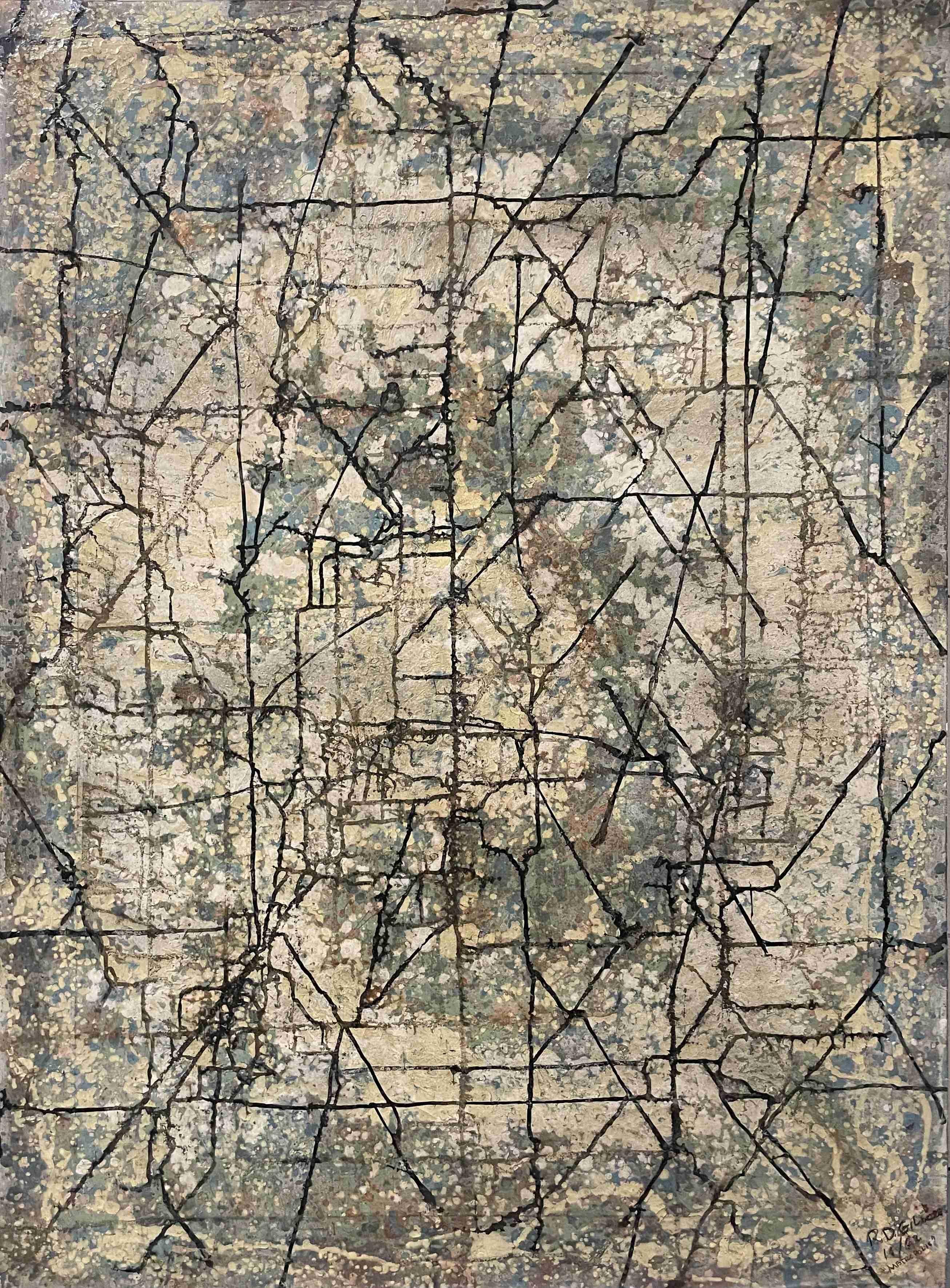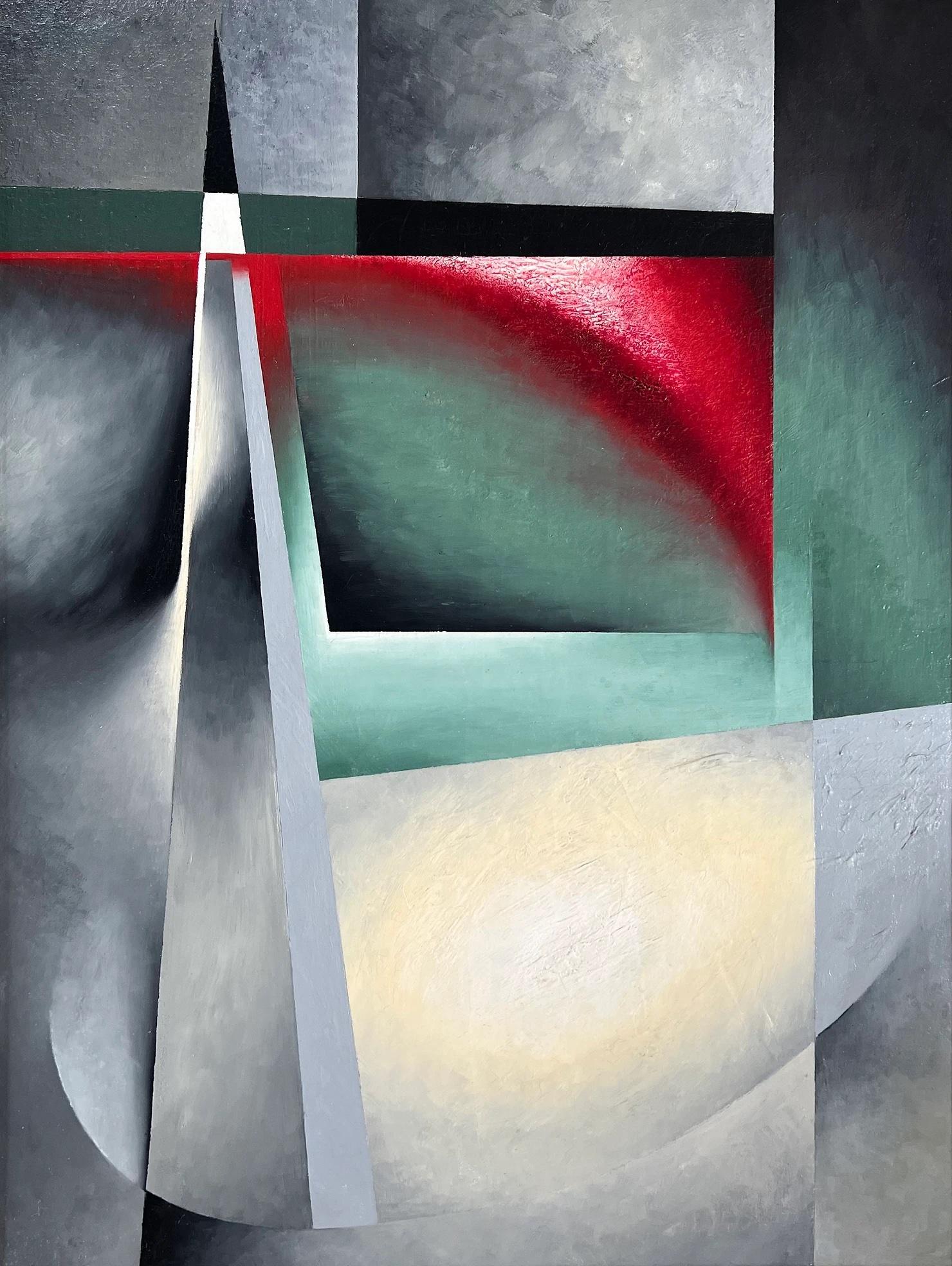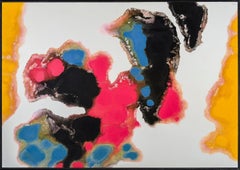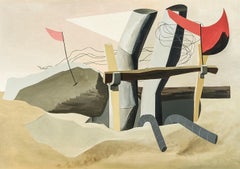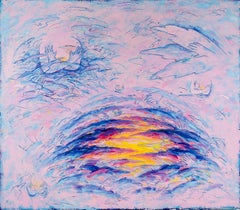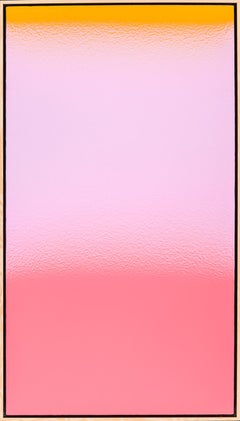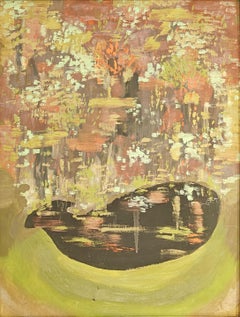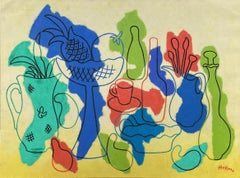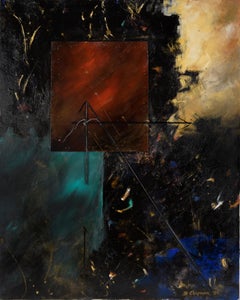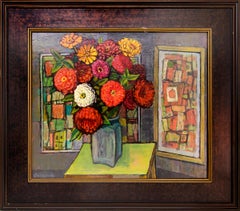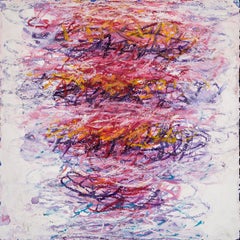
Untitled
Louisa ChaseUntitled2000
2000
About the Item
- Creator:Louisa Chase (1951 - 2016, American)
- Creation Year:2000
- Dimensions:Height: 24 in (60.96 cm)Width: 24 in (60.96 cm)Depth: 1.5 in (3.81 cm)
- Medium:
- Movement & Style:
- Period:
- Condition:
- Gallery Location:New York, NY
- Reference Number:Seller: M 10299D.0221stDibs: LU236967642
Louisa Chase
Louisa Chase was born in Panama City, Panama. Seven years later, her family moved to Lancaster, Pennsylvania. She studied painting and sculpture at Syracuse University and at the Yale University School of Art. In 1975, she moved to New York and had her first solo show at Artists Space.
Chase was among the wave of Neo-Expressionists of the 1980s who rejected the detached, pared-down approach of Minimalism and Conceptualism in favor of a dynamic technique and the use of symbolic imagery in her paintings and prints. She has had numerous solo shows in New York, Los Angeles, and Toronto, and has participated in group exhibitions held in the United States and abroad, notably at the Daimaru Exhibition Hall in Osaka, Japan, the Cincinnati Art Museum, the Metropolitan Museum of Art, New York, and the American Pavilion at the Venice Biennale 1984.
In 1984, the Institute of Contemporary Art in Boston organized a traveling exhibition of Chase’s work, and in 1997 the Madison Art Center held a retrospective exhibition of her prints.
Chase is a recipient of grants from the National Endowment for the Arts in 1978–79 and 1982–83. She has taught at the Rhode Island School of Design, the School of Visual Arts in New York, and at the Skowhegan School of Painting and Sculpture in Maine.
Chase’s work can be found in major public collections across the country, including the Brooklyn Museum of Art; the Albright-Knox Art Gallery, Buffalo, New York; the Denver Art Museum, Colorado; the Nelson-Atkins Museum of Art, Kansas City the Madison Art Center, Wisconsin; the Walker Art Center, Minneapolis; the Museum of Modern Art, New York; The Metropolitan Museum of Art, New York; the New York Public Library; the Whitney Museum of American Art, New York; and the Corcoran Gallery of Art, Washington, D.C.
(Biography provided by Diane Villani Editions)
More From This Seller
View AllLate 20th Century American Modern Abstract Paintings
Enamel
20th Century American Modern Abstract Paintings
Canvas, Oil
20th Century American Modern Abstract Paintings
Canvas, Wax, Oil
Late 20th Century American Modern Abstract Paintings
Canvas, Acrylic
Late 20th Century American Modern Abstract Paintings
Canvas, Acrylic
1940s American Modern Abstract Paintings
Paper, Gouache
You May Also Like
1950s American Modern Abstract Paintings
Oil, Board
1950s American Modern Figurative Paintings
Canvas, Oil
1980s American Modern Abstract Paintings
Canvas, Oil, Stretcher Bars, Other Medium
20th Century American Modern Still-life Paintings
Oil
Late 20th Century American Modern Figurative Paintings
Oil, Fiberboard
1980s American Modern Abstract Paintings
Oil, Wood Panel
Recently Viewed
View AllRead More
With Works Like ‘Yours Truly,’ Arthur Dove Pioneered Abstract Art in America
New York gallery Hirschl & Adler is exhibiting the bold composition by Dove — who’s hailed as the first American abstract painter — at this year’s Winter Show.
Remarkably, Elizabeth Turk’s Sculptures Highlight the Lost Voices of Extinct Birds
In one of the first live and in-person exhibitions at a Manhattan gallery since last spring, the California-based sculptor gives the lost voices of endangered and extinct birds and animals a magnificent embodied form.
